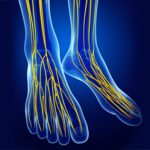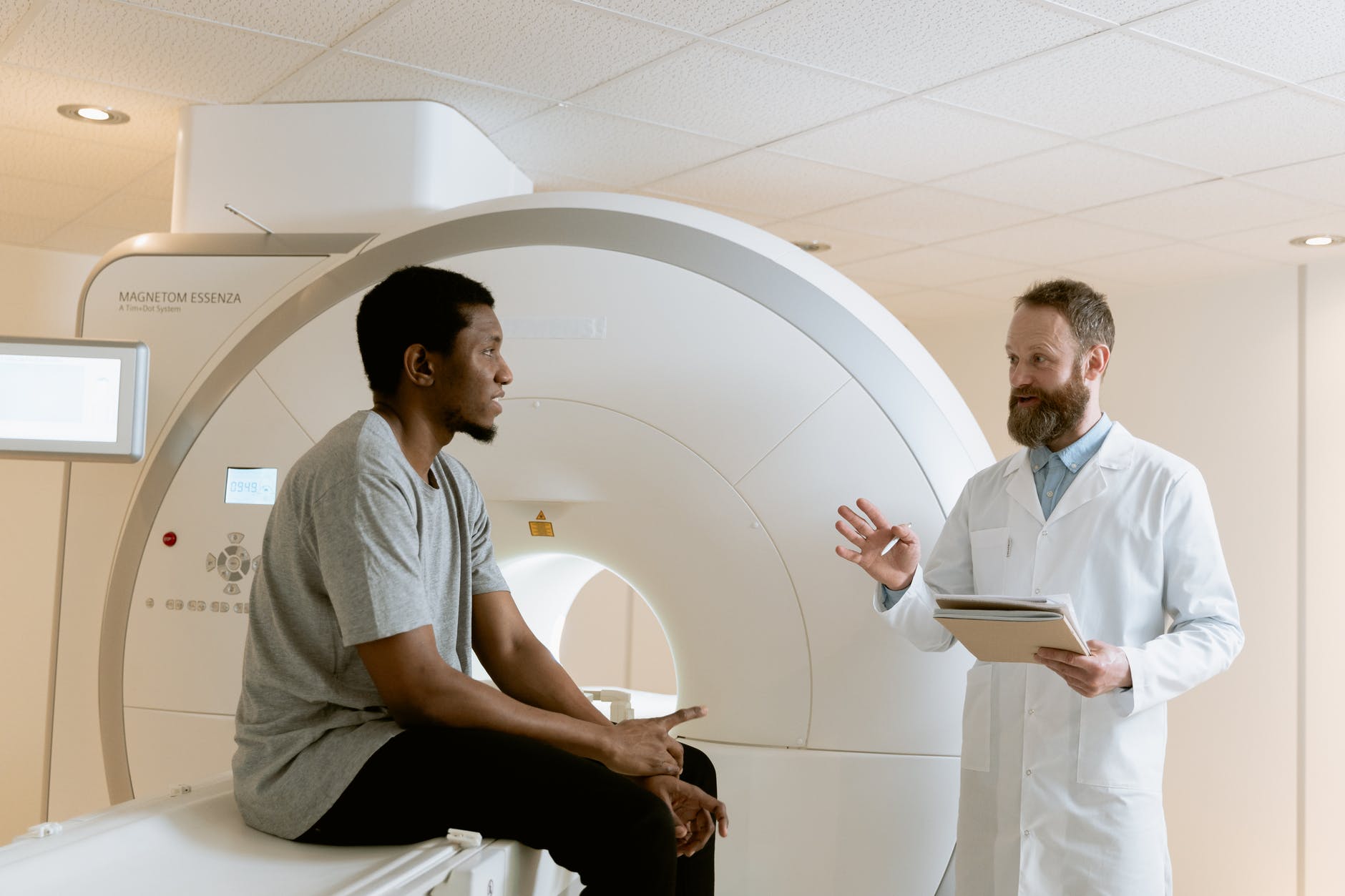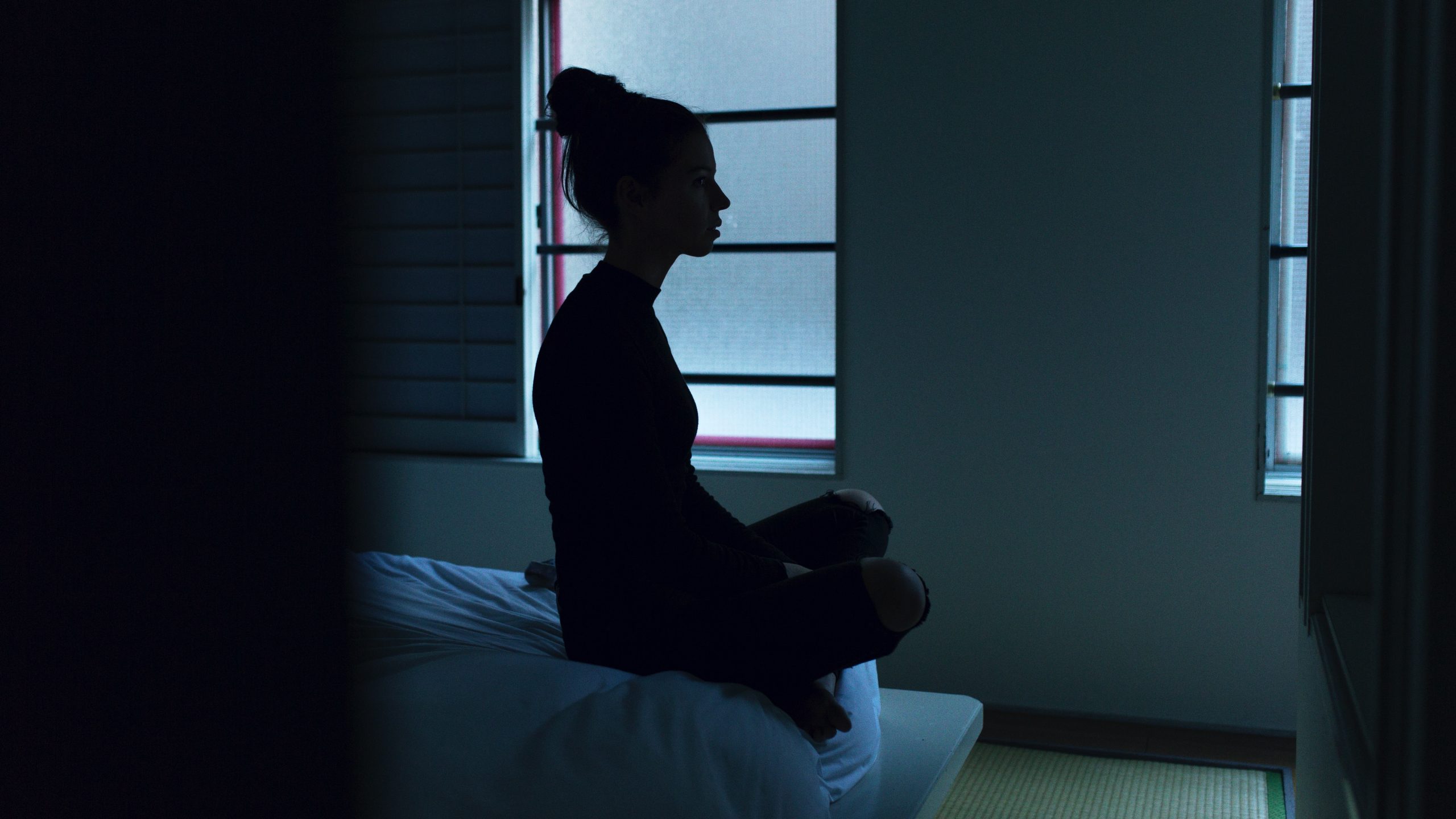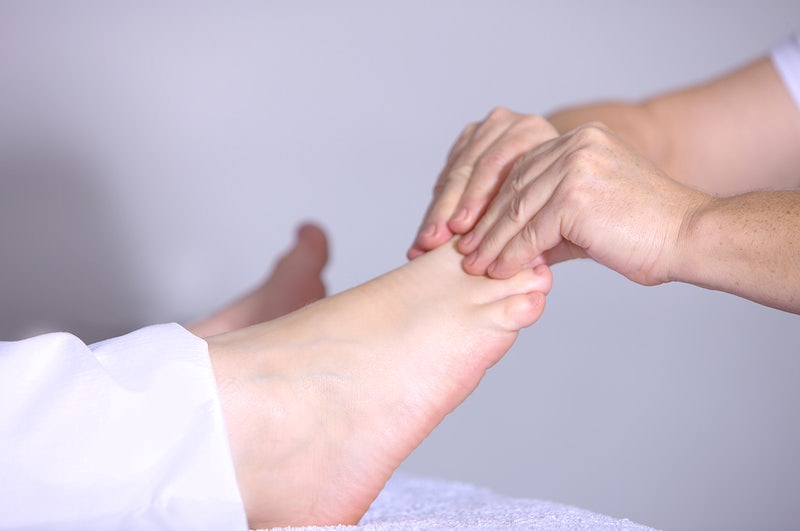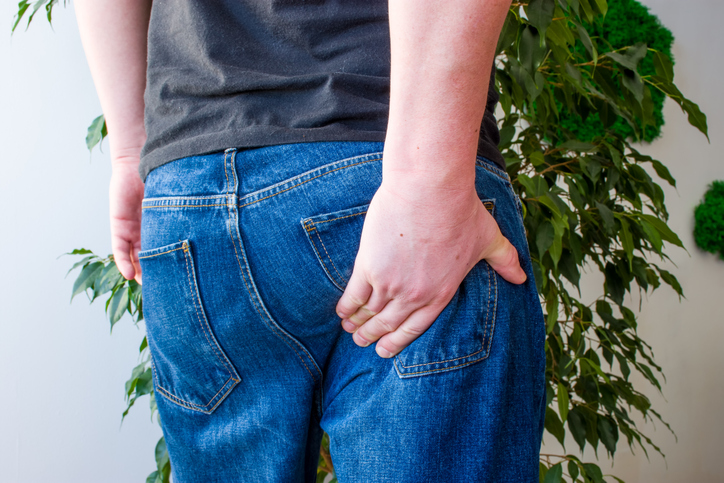La sciatica is a condition that can cause pain, tingling, and other sensations down the leg. There are many different treatments, but it can be difficult to know which is the best way to treat the disease. sciatica.
In this article, we are going to look at the benefits of hot and cold therapies for relieving the pain of sciatica.
Lumbar Spine Anatomy
La lumbar spine is the movable lower part of the spine, located just above the sacrum. It is composed of five vertebrae lumbar: L1, L2, L3, L4 and L5. These five vertebrae are interconnected and articulated at the back by the articular facets and at the front by the vertebral discs.
Between each vertebrate, nerve roots exit through holes called foramina. The lumbar spine has a concave backward curvature, called lumbar lordosis.
The lumbar spine allows considerable range of motion in all directions due to its unique anatomy.
nerve anatomy sciatica
The nerve sciatica is the longest nerve in the human body. It starts from the lower back, crosses the buttocks, descends along the legs and ends in the feet. The nerve sciatica provides sensation to the skin of the legs and feet, as well as motor control to the muscles of the lower limbs.
Le nerf sciatica is composed of motor and sensory fibers. Motor fibers control the muscles of the lower leg, while sensory fibers transmit information about touch, temperature, and pain from the skin and deep tissues.
Le sciatic nerve is vulnerable to injury due to its great length and exposed position. Nerve Compression sciatica may cause pain, numbness and muscle weakness in the affected leg.
Sciatica : What is that ?
La sciatica is a specific type of pain that radiates along the path of the nerve sciatica. This nerve, the longest in the body, starts from the lower back, goes through the buttocks, goes down the back of the thigh and the leg, and sometimes goes to the foot or the toes.
La sciatica usually affects only one side of the body, although it can also be accompanied by back pain. The sciatica usually occurs when the nerve sciatica is compressed or irritated somewhere in its path.
The pain is often made worse by bending or twisting the lumbar spine, bending the hip, or coughing. Most cases of sciatica are caused by an inflammatory condition that leads to irritation and pain.
Causes of sciatica
The most common cause of sciatica is a herniated disc. It occurs when the soft inner material of a vertebral disc escapes through a tear in the outer layer
Other causes include:
- spinal stenosis : narrowing of the spinal canal which puts pressure on the nerves
- Degenerative disc disease : condition that results in the deterioration of the vertebral discs
- Spondylolisthesis : condition in which a vertebra slides forward over the one below it
- Piriformis syndrome : condition in which the piriformis muscle, a small muscle located in the buttock, compresses the nerve sciatica.
- Sacroiliac joint dysfunction : a condition in which the sacroiliac joints, the joints between the pelvis and the spine, become painful
- Trauma : a blow to the spine or pelvis can compress the nerve sciatica
- Tumors : benign or malignant tumors can compress the nerve sciatica
Symptoms of sciatica
The most common symptom of sciatica is pain that radiates along the path of the nerve sciatica. This pain is often made worse by bending, twisting or coughing.
Other symptoms include:
- Numbness or tingling in the affected leg
- Muscle weakness in the affected leg
- Tingling sensation in the affected leg
- Difficulty moving the affected leg or foot
Hot or cold following a sciatica ?
The effects of cold
Applying ice to the lower back can help reduce inflammation and pain associated with sciatica. Ice can also help decrease tissue swelling by causing blood vessels to constrict.
Applying ice to the affected area for 15 to 20 minutes at a time is usually safe and effective. It is important to wrap the ice in a towel or cloth so that it does not come into direct contact with the skin.
Do not apply ice for more than 20 minutes at a time, as it may damage the tissues.
The effects of heat
Applying heat to the lower back can help reduce muscle spasms and pain associated with sciatica. Heat also increases blood flow to the affected area, which can speed up the healing process.
Applying heat to the affected area for 15 to 20 minutes at a time is usually safe and effective. It is important to use a heater that does not come into direct contact with the skin, such as a heating pillow.
Do not apply heat for more than 20 minutes at a time, as this may damage the fabrics.
What to choose between hot and cold for sciatica?
There is no definitive answer to the question of whether hot or cold is best for the sciatica. Some people get relief by applying ice to the affected area, while others get relief by applying heat.
It's important to experiment with hot and cold to see what works best for you. If you are unsure of how to apply hot or cold therapy, consult a healthcare professional.
Generally, ice is recommended for acute conditions (pain onset within 48 hours), while heat is best for chronic conditions (pain persisting for more than 48 hours).




